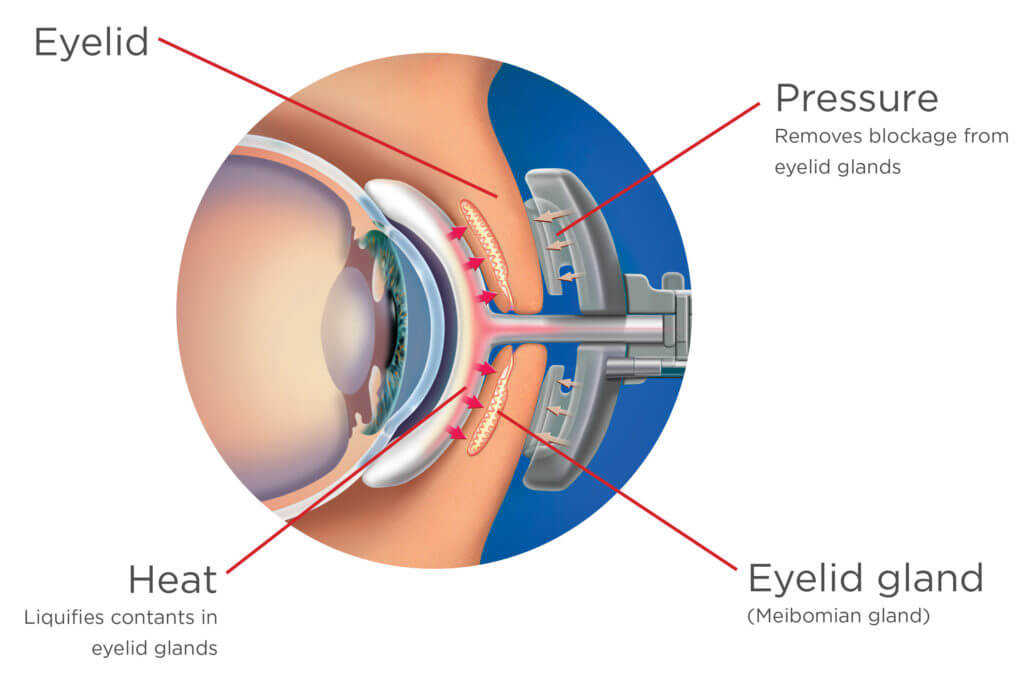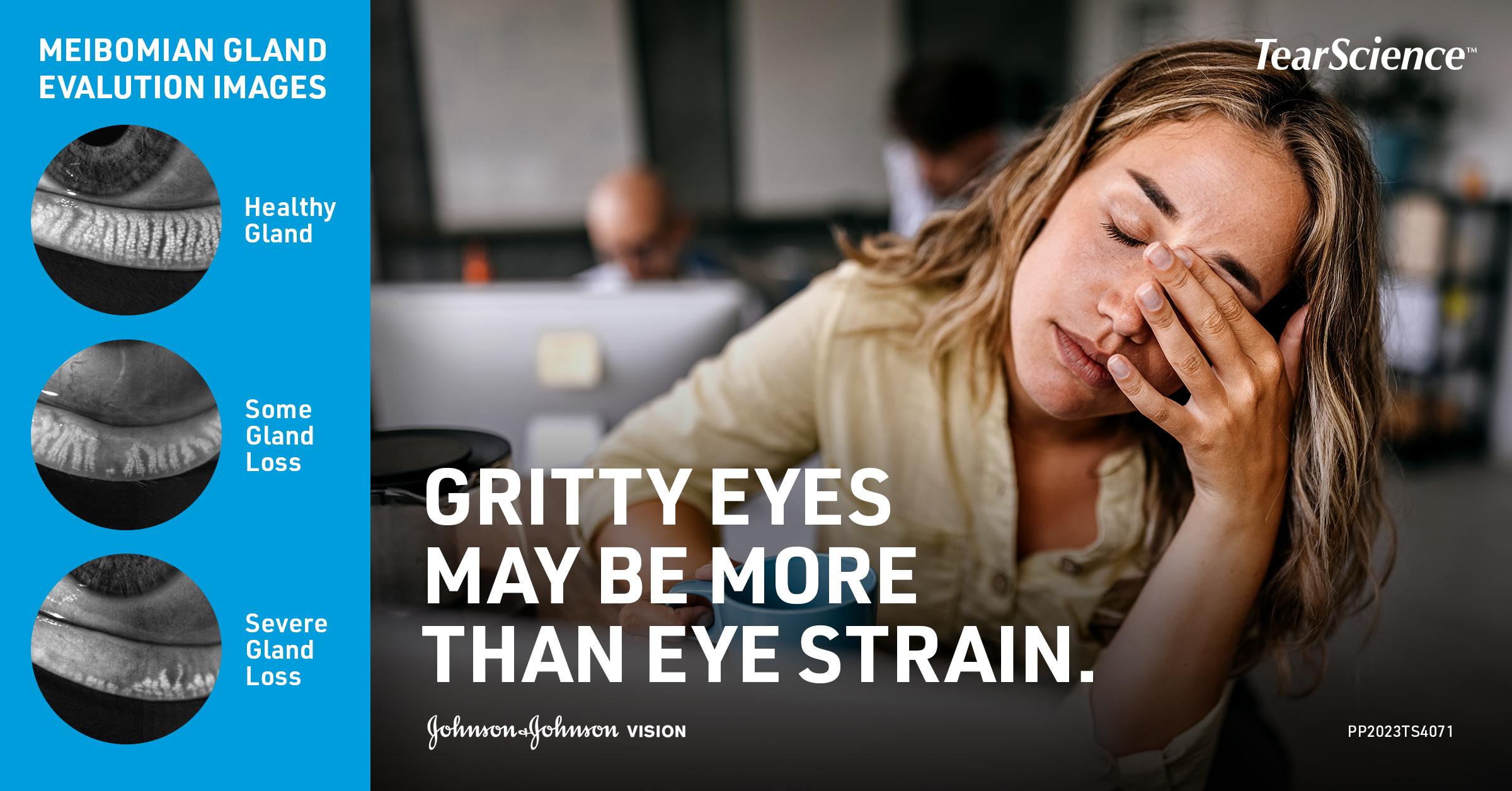What are the causes and symptoms of Dry eye?
What causes Evaporative Dry Eye?
- Age, contact lens use and hygiene, cosmetic use, and illnesses, particularly diabetes, may cause or exacerbate Evaporative Dry Eye.
- Hormonal changes in women during menopause, particularly decreasing levels of estrogen, can cause thickening of the oils secreted by the Meibomian glands, which in turn can result in blockages.
- Decreased estrogen levels may enhance conditions under which staphylococcal bacteria can proliferate in Meibomian glands. This results in a decreased oil secretion rate.
Who’s affected?
Over 100 million people worldwide suffer from dry eye disease. Men and women at any age can be affected; however, dry eye increases with age and often affects women after menopause.
What are the symptoms?
- Dryness
- Itching
- Burning
- Stinging
- Tearing
- Redness
- Sensation of something in your eye
- Sensitivity to light
Why is it important to treat dry eye?
If left untreated, dry eye can result in visual deterioration. Dry eye is a real physical condition that requires treatment to stop the cycle of deterioration and worsening symptoms. It is a chronic disease that must be properly diagnosed and managed. Without proper treatment, Dry eye deterioration may result in:
- Increased tear evaporation
- Unstable tear film
- Damage to the eye’s surface (cornea)
- Higher levels of discomfort
- Inflammation and cell damage
- Fluctuation and decrease in vision





